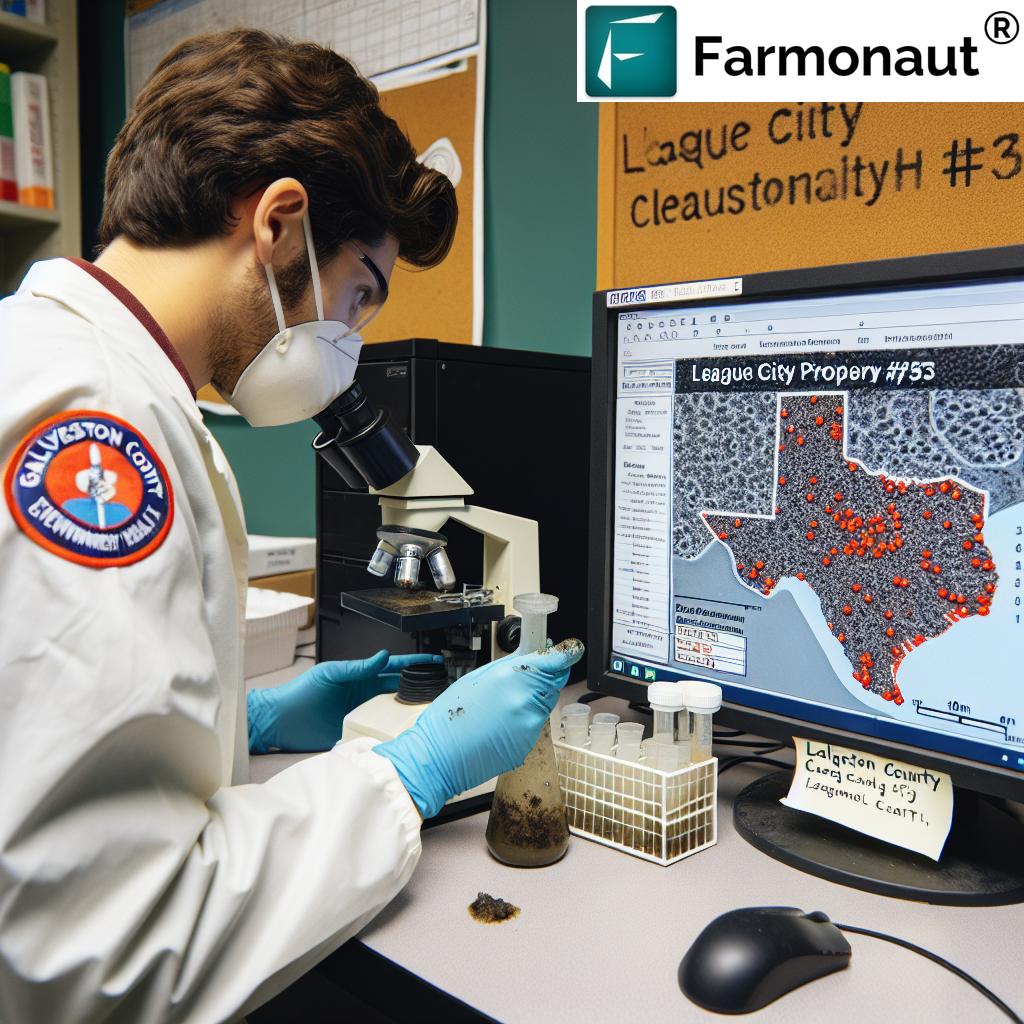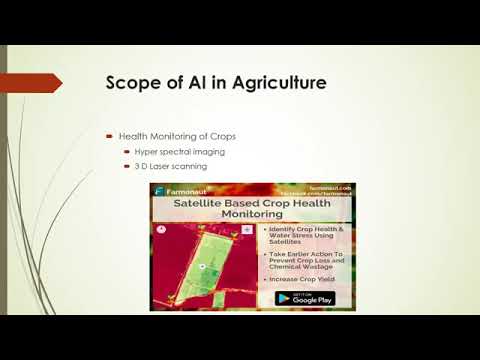Urgent: Sewage Leak Crisis in League City, Texas – How Septic Tank Violations Threaten Community Health
“In League City, Texas, a single property’s septic system violation led to fines and legal action, affecting an entire community.”
We are facing a critical environmental and public health crisis in League City, Texas. A recent sewage leak has exposed the community to significant health risks and raised serious concerns about the management of septic systems in our area. This article delves deep into the ongoing sewage leak crisis, exploring its causes, impacts, and potential solutions.
The Unfolding Crisis: A Community Under Threat
In May of last year, League City resident Braden Halterman made a disturbing discovery on his newly purchased vacant plot on Mary Lane near FM 517. What should have been a pristine piece of land ready for development turned into a nightmare scenario. Halterman found a patch of wet, foul-smelling soil that raised immediate red flags.
“I don’t even like to come over here when it’s warmer because the mosquitos are just all over,” Halterman reported, highlighting the secondary health risks created by the sewage leak.
Concerned about the potential health hazards, Halterman took the initiative to have the soil tested. The results confirmed his worst fears: the presence of fecal matter in the soil. This discovery not only affected Halterman’s property but also posed a significant threat to the entire community’s well-being.

The Source of the Problem: Neighboring Septic Tank Suspicions
As investigations into the sewage leak continued, attention turned to the neighboring property owned by Marcus Bishop. The location of the contaminated soil along the fence line shared by Halterman and Bishop raised suspicions about the possible source of the leak.
Julius Christopher, Halterman’s landscaper, provided his professional assessment: “It became very apparent there was a major leak. Something was leaking.” This observation further solidified concerns about the integrity of Bishop’s septic system.
In October, the situation escalated when Galveston County took action, fining Bishop $283 for an “on-site sewage facility violation.” This legal move highlighted the seriousness of the issue and the county’s commitment to addressing septic tank violations.
Legal Implications and Community Response
The sewage leak crisis has now entered the legal arena, with Bishop pleading not guilty to the sewage violation charge in December. As the case heads to trial, with a hearing scheduled for April, the community remains in limbo, waiting for a resolution to this pressing issue.
Halterman expressed his frustration with the ongoing situation: “This is League City, Texas, not a third world country. We shouldn’t have open sewage just sitting and sitting and sitting.” His statement reflects the broader sentiment of a community grappling with an unexpected environmental hazard in their midst.
The case highlights the complexities of dealing with property sewage issues and the challenges in resolving disputes between neighbors when it comes to environmental contamination.
Health Risks and Environmental Impact
“Sewage leaks create ideal mosquito breeding conditions, potentially increasing vector-borne disease risks for thousands of residents.”
The sewage leak in League City poses significant health risks to the community. Fecal contamination can lead to the spread of various diseases, including:
- Gastroenteritis
- Hepatitis A
- Giardiasis
- Cryptosporidiosis
Moreover, the standing water created by the sewage leak has become an ideal breeding ground for mosquitoes, exacerbating the public health threat. Mosquitoes can transmit diseases such as:
- West Nile Virus
- Zika Virus
- Dengue Fever
- Chikungunya
The environmental impact of the sewage leak extends beyond immediate health concerns. Contamination of soil and potentially groundwater can have long-lasting effects on the local ecosystem, affecting plant life and wildlife in the area.
The Broader Context: Septic Tank Violations in Texas
The League City case is not an isolated incident but part of a larger issue of septic tank violations and sewage leaks in Texas. Rural and suburban areas across the state face similar challenges with aging septic systems and inadequate maintenance.
Key factors contributing to septic system failures include:
- Outdated infrastructure
- Lack of regular inspections
- Improper usage by homeowners
- Inadequate regulations and enforcement
These issues highlight the need for stronger regulations, better education for property owners, and more robust inspection and maintenance programs across the state.

Community Impact and Property Values
The sewage leak crisis in League City extends beyond immediate health and environmental concerns. It also has significant implications for property values and community development. Vacant plots like Halterman’s, which could have contributed to local growth, now face uncertain futures due to contamination concerns.
Real estate experts warn that properties affected by sewage leaks or located near known contamination sites can see significant decreases in value. This not only impacts individual homeowners but can also affect the overall economic health of the community.
The Role of Technology in Environmental Monitoring
As we grapple with environmental challenges like sewage leaks, technology plays an increasingly important role in monitoring and managing these issues. While not directly related to sewage monitoring, companies like Farmonaut demonstrate how advanced technologies can be applied to environmental monitoring and management.
Farmonaut, a pioneering agricultural technology company, offers satellite-based farm management solutions that could potentially be adapted for environmental monitoring in urban and suburban areas. Their use of multispectral satellite images and AI-driven analysis provides valuable insights into land conditions, which could be beneficial in identifying and tracking environmental hazards like sewage leaks.
Learn more about Farmonaut’s innovative solutions:
The Need for Comprehensive Solutions
Addressing the sewage leak crisis in League City and preventing similar incidents in the future requires a multifaceted approach. Key components of a comprehensive solution include:
- Stricter regulations and enforcement of septic system maintenance
- Regular inspections of septic systems, especially in high-risk areas
- Public education programs on proper septic system use and maintenance
- Investment in modernizing sewage infrastructure
- Implementation of advanced monitoring technologies
- Improved coordination between local, county, and state environmental agencies
By implementing these measures, communities can better protect themselves from the health risks and environmental damage associated with sewage leaks and septic tank violations.
Legal Framework and Enforcement
The legal aspects of addressing sewage leaks and septic tank violations are complex and often vary by jurisdiction. In Texas, the responsibility for regulating on-site sewage facilities (OSSFs) is shared between state and local authorities.
Key legal considerations include:
- Texas Commission on Environmental Quality (TCEQ) regulations
- Local health department ordinances
- Property owner responsibilities
- Penalties for non-compliance
- Legal recourse for affected neighbors
The case in League City demonstrates the challenges in enforcing these regulations and the need for clearer legal frameworks to address disputes between property owners.
Community Advocacy and Action
In the face of environmental challenges like the sewage leak in League City, community advocacy plays a crucial role in driving change. Residents can take several steps to address these issues:
- Form community action groups
- Attend local government meetings
- Report suspected violations to relevant authorities
- Support initiatives for infrastructure improvements
- Educate neighbors on proper septic system maintenance
By coming together, communities can exert pressure on local officials and property owners to take necessary actions to protect public health and the environment.
The Role of Advanced Technologies in Environmental Management
While dealing with sewage leaks requires immediate on-the-ground action, advanced technologies are playing an increasingly important role in environmental management. Companies like Farmonaut, though focused on agricultural applications, demonstrate the potential of satellite-based monitoring and AI-driven analysis in environmental contexts.
Farmonaut’s technologies, which include satellite-based monitoring and AI advisory systems, could potentially be adapted for urban and suburban environmental monitoring. While not currently used for sewage leak detection, these technologies showcase the potential for innovative solutions in environmental management.
For those interested in exploring how advanced technologies can be applied to environmental monitoring and management, Farmonaut offers several resources:
Sewage Leak Impact Assessment
| Impact Area | Health Risks | Environmental Consequences | Legal Implications |
|---|---|---|---|
| Fecal Contamination | High risk of gastrointestinal diseases | Soil and potential groundwater pollution | Violation of health codes, potential fines |
| Mosquito Breeding | Increased risk of vector-borne diseases | Disruption of local ecosystem balance | Potential liability for property owner |
| Property Value | N/A | Decreased land value due to contamination | Potential for civil lawsuits |
| Community Safety | General public health threat | Reduced quality of life for residents | Pressure on local authorities to act |
Long-Term Implications and Future Preparedness
The sewage leak crisis in League City serves as a wake-up call for communities across Texas and beyond. It highlights the need for proactive measures to prevent similar incidents in the future. Long-term strategies should focus on:
- Upgrading aging infrastructure
- Implementing smart monitoring systems
- Developing comprehensive emergency response plans
- Creating sustainable funding mechanisms for system maintenance and upgrades
- Fostering collaboration between public and private sectors for innovative solutions
By addressing these areas, communities can build resilience against environmental hazards and protect public health more effectively.
The Importance of Data-Driven Decision Making
In addressing complex environmental issues like sewage leaks, data-driven decision-making is crucial. While not directly related to sewage management, Farmonaut’s approach to agricultural data analysis demonstrates the power of leveraging technology for environmental monitoring and management.
Farmonaut’s platform provides valuable services such as real-time crop health monitoring and AI-based advisory systems. These technologies, while focused on agriculture, showcase the potential for applying similar data-driven approaches to urban environmental challenges.
Explore Farmonaut’s innovative solutions:
Community Engagement and Education
Addressing the sewage leak crisis and preventing future incidents requires active community engagement and education. Key areas of focus should include:
- Public awareness campaigns on septic system maintenance
- Workshops on identifying and reporting potential environmental hazards
- Collaboration with local schools to educate youth on environmental stewardship
- Partnerships with local businesses to promote environmentally responsible practices
By fostering a well-informed and engaged community, League City can build a strong foundation for addressing current and future environmental challenges.
The Role of Innovation in Environmental Protection
While the sewage leak crisis in League City requires immediate, on-the-ground solutions, it’s important to consider how innovative technologies can contribute to long-term environmental protection. Companies like Farmonaut, though focused on agricultural applications, demonstrate the potential for technology to revolutionize environmental monitoring and management.
Farmonaut’s use of satellite imagery and AI for crop monitoring showcases how advanced technologies can provide valuable insights into environmental conditions. While not currently applied to urban sewage management, these technologies hint at future possibilities for more comprehensive environmental monitoring systems.
Learn more about innovative environmental monitoring approaches:
Sustainable Solutions for a Healthier Future
As we work to address the immediate sewage leak crisis in League City, it’s crucial to consider long-term, sustainable solutions that will protect our community’s health and environment for years to come. Some key areas to focus on include:
- Investing in green infrastructure to manage stormwater and reduce strain on sewage systems
- Exploring innovative wastewater treatment technologies
- Implementing stricter building codes to ensure proper septic system installation and maintenance
- Developing comprehensive urban planning strategies that prioritize environmental health
By taking a holistic approach to environmental management, we can create more resilient communities that are better equipped to handle challenges like the current sewage leak crisis.
The Power of Community Action
In the face of environmental challenges like the sewage leak in League City, community action is a powerful force for change. Residents can take several steps to make a difference:
- Organize community clean-up events
- Create neighborhood watch programs to identify and report potential environmental hazards
- Participate in local government meetings and advocate for stronger environmental protections
- Support local environmental organizations and initiatives
By coming together as a community, we can amplify our voices and drive meaningful change in how we manage and protect our local environment.
Leveraging Technology for Environmental Monitoring
While the current sewage leak crisis requires immediate, hands-on solutions, it’s worth considering how advanced technologies could play a role in preventing and managing similar issues in the future. Companies like Farmonaut, though focused on agricultural applications, demonstrate the potential of technology in environmental monitoring and management.
Farmonaut’s use of satellite imagery and AI for crop monitoring showcases how advanced technologies can provide valuable insights into environmental conditions. While not currently applied to urban sewage management, these technologies hint at future possibilities for more comprehensive environmental monitoring systems.
Explore innovative approaches to environmental monitoring:
FAQ: League City Sewage Leak Crisis
Q: What are the main health risks associated with the sewage leak?
A: The main health risks include exposure to harmful bacteria and viruses, increased mosquito-borne disease risk, and potential contamination of soil and water sources.
Q: How can residents protect themselves from these health risks?
A: Residents should avoid contact with contaminated areas, use mosquito repellent, report any signs of sewage leaks to local authorities, and follow public health advisories.
Q: What legal actions can affected property owners take?
A: Affected property owners can file complaints with local health departments, seek legal counsel for potential civil action, and participate in community advocacy efforts for stronger regulations.
Q: How can the community prevent future sewage leak incidents?
A: Prevention strategies include regular septic system inspections, proper maintenance, community education programs, and advocating for improved infrastructure and regulations.
Q: What role do local authorities play in addressing this crisis?
A: Local authorities are responsible for enforcing health and safety regulations, conducting inspections, issuing fines for violations, and coordinating with state agencies for broader environmental protection efforts.
Conclusion: A Call to Action
The sewage leak crisis in League City, Texas, serves as a stark reminder of the critical importance of proper environmental management and the potential consequences when systems fail. As we’ve explored throughout this article, the impacts of such incidents extend far beyond the immediate area of contamination, affecting community health, property values, and the local ecosystem.
While the situation in League City is still unfolding, with legal proceedings underway and ongoing efforts to address the contamination, it’s clear that this crisis calls for a broader reevaluation of how we manage our sewage systems and protect our communities from environmental hazards.
Key takeaways from this crisis include:
- The need for stricter regulations and enforcement of septic system maintenance
- The importance of regular inspections and proactive monitoring
- The potential role of advanced technologies in environmental management
- The power of community advocacy in driving change
- The critical need for comprehensive, long-term solutions to environmental challenges
As residents of League City and concerned citizens everywhere, we must take this crisis as a call to action. By staying informed, engaging with local authorities, and supporting initiatives that prioritize environmental health, we can work towards creating safer, healthier communities for all.
The path forward will require collaboration, innovation, and a commitment to sustainable practices. While companies like Farmonaut demonstrate the potential of technology in environmental monitoring, it will take a concerted effort from all sectors of society to address challenges like the one facing League City.
Let this crisis serve as a catalyst for positive change, inspiring us to take a more proactive approach to environmental stewardship and community health. Together, we can build a future where sewage leaks and other environmental hazards are prevented before they become crises, ensuring a cleaner, safer environment for generations to come.
Earn With Farmonaut: Affiliate Program
Earn 20% recurring commission with Farmonaut’s affiliate program by sharing your promo code and helping farmers save 10%. Onboard 10 Elite farmers monthly to earn a minimum of $148,000 annually—start now and grow your income!






